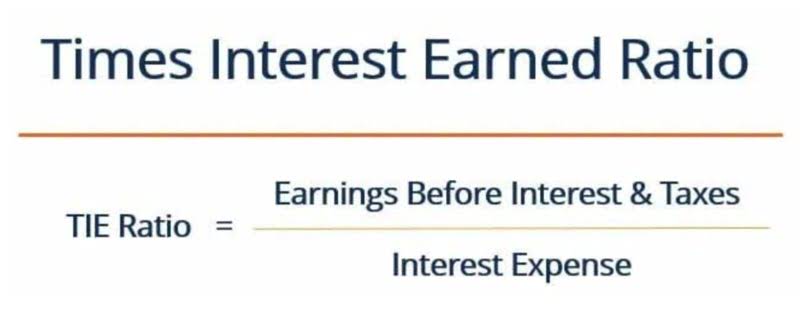
Since accumulated depreciation offsets your asset account, it’s considered a contra asset with a credit balance. We’ll explore what accumulated depreciation is, how to calculate accumulated depreciation, and some examples of common fixed assets where accumulated depreciation is used. The accumulated depreciation maintains a historical record of all depreciation expenses, while the depreciation recorded in a specific period appears on the income statement. This distinction is crucial for reporting the true value of the fixed assets owned by the company. To calculate accumulated depreciation, the annual depreciation expense for the asset must be determined.
How do you calculate accumulated depreciation in accounting?
Due to the continuous extraction of minerals or oil, a point comes when the mine or well is completely exhausted—nothing is left. The decisions that are made about how much depreciation to charge off are influenced by the accountant’s judgment. When you’re a Pro, you’re able to pick up tax filing, consultation, and bookkeeping jobs on our platform while maintaining your flexibility. Get $30 off your tax filing job today and access an affordable, licensed Tax Professional. With a more secure, easy-to-use platform and an average Pro experience of 12 years, there’s no beating Taxfyle.
What Is Depreciation Expense?
You can connect with a licensed CPA or EA who can file your business tax returns. Save more by mixing and matching the bookkeeping, tax, and consultation services you need. Buildings and structures can be depreciated, but land is not eligible for depreciation. We do not manage client funds or hold custody of assets, we help users connect with relevant financial advisors. Shopping for small business accounting software can be painful and confusing. To make your search easier, we’ve narrowed it down to these twelve picks.
- This is the case for mineral mines, oil wells, and other similar assets.
- Accumulated depreciation is not recorded separately on the balance sheet.
- For tangible assets such as property or plant and equipment, it is referred to as depreciation.
- Without depreciation, a company would have to bear the entire cost of an asset in the year of purchase, which could have a negative impact on profitability.
- The double declining method accounts for depreciation twice as quickly as the declining method.
- Capitalized assets are assets that provide value for more than one year.
How to Calculate (and Use) the Accounts Receivable Turnover Ratio

This is called depreciation—the opposite of appreciation, which is an increase in value. Let’s assume that, in this instance, we wish to calculate the accumulated depreciation after 3 years. A financial professional will offer guidance based on the information provided and offer a no-obligation call to better understand your situation.
- It doubles the (1 / Useful Life) multiplier, which makes it twice as fast as the declining balance method.
- On the other hand, if you sell an asset below its net book value, you will need to record a loss on sale.
- Depreciation accounting is a system of accounting that aims to distribute the cost (or other basic values) of tangible capital assets less its scrap value over the effective life of the asset.
- From the view of accounting, accumulated depreciation is an important aspect as it is relevant for capitalized assets.
- Accumulated depreciation is recorded in a contra-asset account, meaning it has a credit balance, reducing the fixed assets gross amount.
- Here is how to calculate the accumulated depreciation using each of the methods mentioned above.
- FreshBooks mileage tracker makes it easy to track distance so you can measure accumulated depreciation for quick and seamless tax filing.
At Finance Strategists, we partner with financial experts to ensure the accuracy of our financial content. Therefore, after a certain period, the value of the exhausted asset will be zero. This is the case for mineral mines, oil wells, and other similar assets.
Example of the straight-line method

The only thing that varies over the different methods of depreciation is the timing (the amount of money that is depreciated over the smaller periods). The concept of accumulated depreciation explains https://www.bookstime.com/ the total reduction in the vaue of an asset over its useful life and allocation of the same using various methods. The popular methods used for the purpose are straight line or diminishing balance.
Accumulated Depreciation Calculation Example

Because of this, the statement of cash flows prepared under the indirect method adds the depreciation expense back to calculate cash flow from operations. The methods used to calculate depreciation include straight line, declining balance, sum-of-the-years’ digits, and units of production. Consider a scenario where a company determines the annual depreciation expense for a piece of machinery using the straight-line method. This calculation involves dividing the asset’s depreciable cost by its useful life, resulting in an annual depreciation amount. For example, on Jan 1, the company ABC buys a piece of equipment that costs $5,000 to use in the business operation. The company estimates that the equipment has a useful life of 5 years with zero salvage value.
- This is because land is an asset that does not outgrow its usefulness over time.
- Here are some scenarios where accelerated depreciation accounting methods might be the right choice.
- With the declining balance method, depreciation is recorded as a percentage of the asset’s current book value.
- Calculate the accumulated depreciation and net book value of the equipment at the end of the third year.
- Accumulated depreciation on any given asset is its cumulative depreciation up to a single point in its life.
- The expenditure incurred on the purchase of a fixed asset is known as a capital expense.
All methods seek to split the cost of an asset throughout its useful life. The standard methods are the straight-line method, the declining method, and the double-declining method. Accumulated depreciation refers to the accumulated reduction in the value of an asset over time. When an asset is first purchased, it’s typically assigned a value reflecting its expected lifespan, gradually reducing over time.
